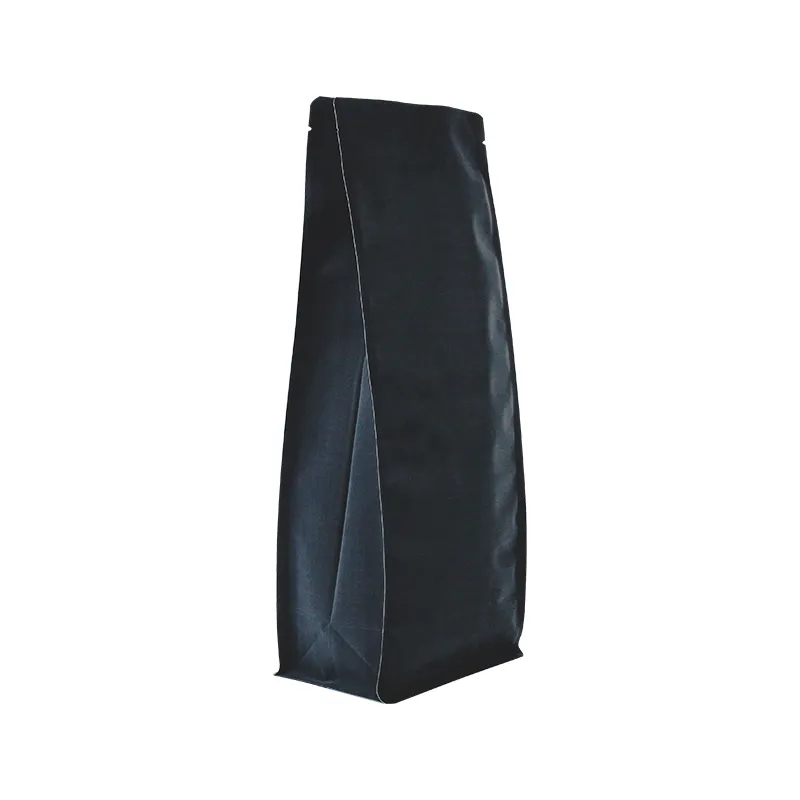- Afrikaans
- Albanian
- Amharic
- Arabic
- Armenian
- Azerbaijani
- Basque
- Belarusian
- Bengali
- Bosnian
- Bulgarian
- Catalan
- Cebuano
- chinese_simplified
- chinese_traditional
- Corsican
- Croatian
- Czech
- Danish
- Dutch
- English
- Esperanto
- Estonian
- Finnish
- French
- Frisian
- Galician
- Georgian
- German
- Greek
- Gujarati
- haitian_creole
- hausa
- hawaiian
- Hebrew
- Hindi
- Miao
- Hungarian
- Icelandic
- igbo
- Indonesian
- irish
- Italian
- Japanese
- Javanese
- Kannada
- kazakh
- Khmer
- Rwandese
- Korean
- Kurdish
- Kyrgyz
- Lao
- Latin
- Latvian
- Lithuanian
- Luxembourgish
- Macedonian
- Malgashi
- Malay
- Malayalam
- Maltese
- Maori
- Marathi
- Mongolian
- Myanmar
- Nepali
- Norwegian
- Norwegian
- Occitan
- Pashto
- Persian
- Polish
- Portuguese
- Punjabi
- Romanian
- Russian
- Samoan
- scottish-gaelic
- Serbian
- Sesotho
- Shona
- Sindhi
- Sinhala
- Slovak
- Slovenian
- Somali
- Spanish
- Sundanese
- Swahili
- Swedish
- Tagalog
- Tajik
- Tamil
- Tatar
- Telugu
- Thai
- Turkish
- Turkmen
- Ukrainian
- Urdu
- Uighur
- Uzbek
- Vietnamese
- Welsh
- Bantu
- Yiddish
- Yoruba
- Zulu
is high density polyethylene food safe
Is High-Density Polyethylene (HDPE) Food Safe?
High-Density Polyethylene, commonly referred to as HDPE, is a versatile plastic material that is widely used in various applications, including the manufacturing of containers, bottles, and other products intended for food contact. Given the increasing concerns over food safety and material compatibility, it is essential to explore whether HDPE is considered food safe and what implications it has for consumers and manufacturers.
What is HDPE?
HDPE is produced from the polymerization of ethylene, a compound derived from crude oil. This type of plastic is known for its high strength-to-density ratio, making it both light and durable. Its chemical resistance, impact resistance, and low moisture absorption make HDPE a popular choice in a myriad of applications, including the food industry. Common products made from HDPE include milk jugs, juice bottles, and food storage containers.
Food Safety Standards
In the context of food safety, the term food safe refers to materials that are deemed safe for food contact according to regulatory standards. In the United States, the Food and Drug Administration (FDA) has established specific guidelines that materials intended for food contact must meet. HDPE is one such material that has been reviewed and approved by the FDA for food applications. This means that HDPE does not leach harmful chemicals into food products under normal conditions of use.
Advantages of HDPE in Food Packaging
1. Non-Toxic HDPE is free from harmful substances like bisphenol A (BPA) and phthalates, which are commonly found in other types of plastics. This non-toxic nature is crucial for food safety and consumer health.
2. Durability HDPE’s resistance to impact and moisture makes it an ideal choice for packaging that needs to withstand transportation and storage conditions without compromising the integrity of the food.
is high density polyethylene food safe

3. Recyclable HDPE is one of the most recycled plastics globally, which is an added environmental benefit. This recyclability reduces plastic waste and supports sustainable practices in the food industry.
4. Barrier Properties While HDPE has excellent resistance to moisture, it is also effective in providing a barrier against certain chemicals. This property helps in maintaining the quality and safety of packaged food throughout its shelf life.
Considerations for Use
Despite its many advantages, there are some considerations to keep in mind when using HDPE for food applications
- Temperature Sensitivity HDPE can withstand a wide range of temperatures, but extreme heat can cause deformation. It is not advisable to use HDPE containers in microwave ovens or conventional ovens unless specifically labeled as microwave-safe.
- Scratches and Wear Over time, wear and tear can cause scratching on HDPE surfaces, which could potentially harbor bacteria if not cleaned properly. Therefore, regular washing and using non-abrasive cleaning methods are recommended.
- Regulatory Compliance While HDPE is approved for food use, it is essential for manufacturers to ensure that their specific products comply with all relevant regulations and guidelines to ensure consumer safety.
Conclusion
In conclusion, High-Density Polyethylene (HDPE) is indeed food safe and widely utilized in the packaging of various food products. Its properties such as non-toxicity, durability, and recyclability make it a preferred choice among manufacturers and consumers alike. That said, proper handling, usage, and adherence to regulatory standards remain crucial for maintaining food safety. As consumers become more conscious of the materials that come into contact with their food, understanding the benefits and limitations of HDPE will empower them to make informed choices.













